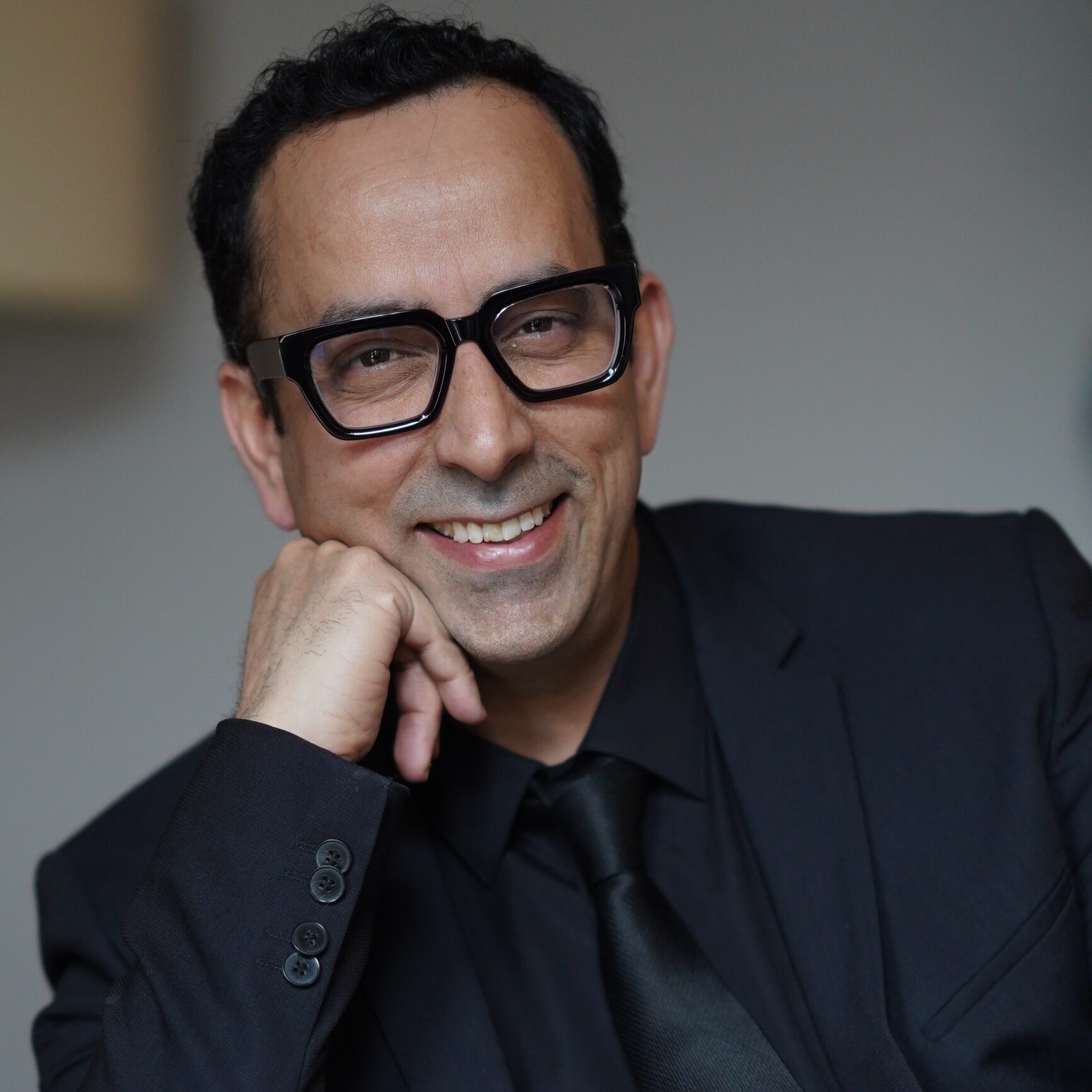Prof. George M. Whitesides: A professor at Harvard University, Whitesides has been a pioneer in microfluidics and lab-on-a-chip (LOC) technologies. He has authored numerous publications on the subject and is recognized for his innovative approaches in chemical and biological analyses using microscale devices.
Prof. Stephen R. Quake: Co-president of the Chan Zuckerberg Biohub and a professor at Stanford, Quake’s innovations in microfluidic large-scale integration have revolutionized single-cell analysis and DNA sequencing on a chip.
Prof. Paul Yager: At the University of Washington, Yager’s research focuses on point-of-care diagnostics using lab-on-a-chip platforms, aiming to make rapid medical testing accessible even in resource-limited settings.
Dr. Helene Andersson Svahn: Based in KTH Royal Institute of Technology, Svahn’s work on LOC technologies emphasizes their application in clinical diagnostics and personalized medicine.
Prof. Aaron Wheeler: A professor at the University of Toronto, Wheeler is renowned for his work on digital microfluidics, a technique that manipulates droplets on an open surface, enhancing flexibility in on-chip processes.
Prof. Shuichi Takayama: Working at the University of Michigan, Takayama’s research spans from basic microfluidics to complex 3D cell cultures on chips, offering insights into disease mechanisms.
Prof. Noo Li Jeon: Based at Seoul National University, Jeon has made significant contributions to the development of microfluidic devices for studying cellular behaviors, particularly in neurobiology.
Dr. Sangeeta Bhatia: At MIT, Bhatia’s lab develops micro- and nanoscale technologies for tissue engineering and detection, with a particular focus on liver diseases and cancer.
Prof. Albert Folch: Also at the University of Washington, Folch has authored a key textbook on microfluidics and actively explores the interface between art and science, often using microfluidic designs.
Prof. Ali Khademhosseini: At UCLA, Khademhosseini’s work emphasizes integrating microengineering and nanotechnologies with materials science for regenerative medicine applications.

